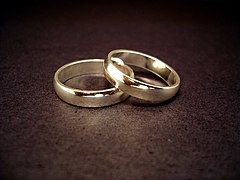DivorceCorp opens in January. It looks great — with one little caveat.
Divorce is big business. Many people can have a hand in the divorce process: lawyers, mediators, custody evaluators, therapists, court systems, and others all say they want to help divorcing couples. And all want to be paid for their services. The entire system can suffer from what might rightly be called perverse incentives — strong pulls for people to act in ways that are more out of self-interest than the true long-term best interest of the couple they claim to be trying to help.
This is the thrust of the documentary DivorceCorp, opening in major cities January 10. The movie looks good and important. Dr. Drew narrates, and it features interviews with some well-known law experts, including Gloria Allred. Here’s the trailer: More information on the film, including local theaters showing the film when it opens, can be found on the official DivorceCorp website. One cautionary note, though: The opening statement in the trailer, “50% of all US marriages end in divorce,” is wrong. As you can read about in more detail over at the excellent DivorceSource web site, the US divorce rate probably never topped 41% and has been declining for several years. As Tara Parker-Pope documented quite well in her book For Better, divorce rates are especially low among those with at least a college education. Over Twitter, the film’s reps have said that there were bigger fish to fry, so to speak. I get that. They’re looking at an entire divorce industry, and my caution is with one statistic. I believe the social conversation about the divorce rate is one specific part of the larger social conversation about divorce that especially needs to change, for reasons I’ll save for a separate post, but don’t let that take you away from the big picture. I’m happy to support the film and eager to see it. # # # Your comments are welcome. You can post them in the comments below, by email to ben[at]bencaldwell[dot]com, or on my Twitter feed.




